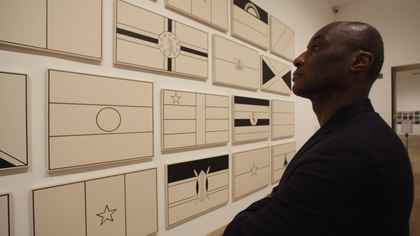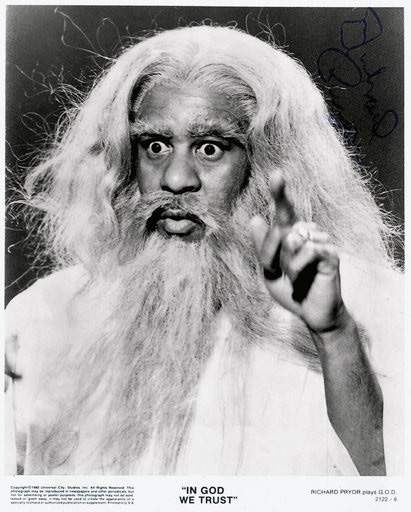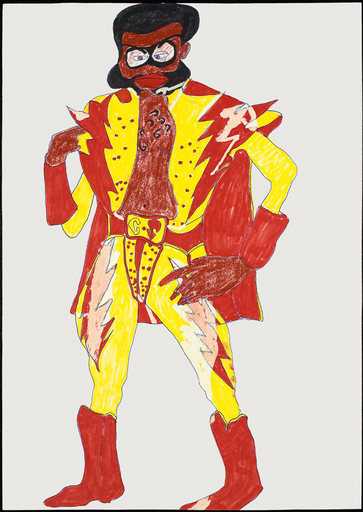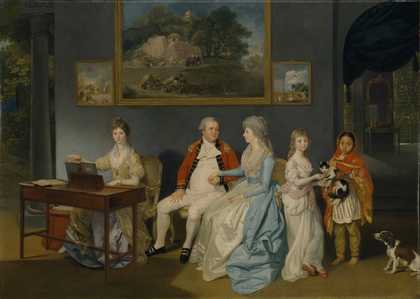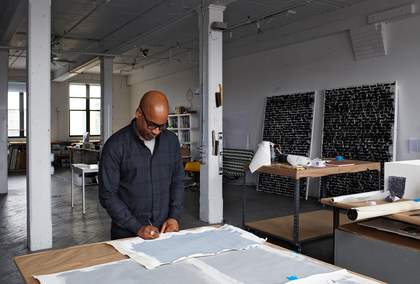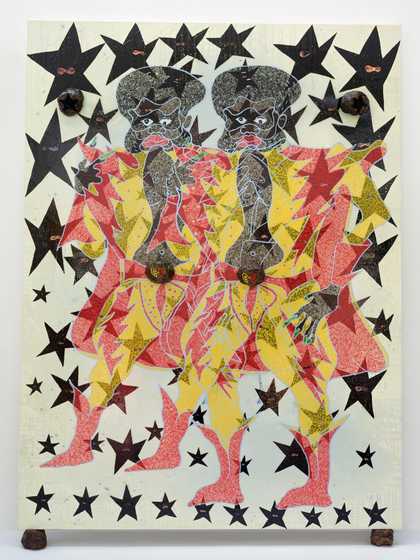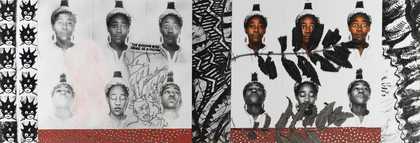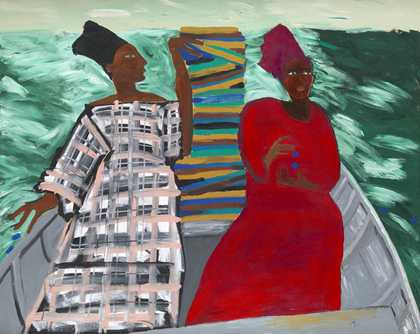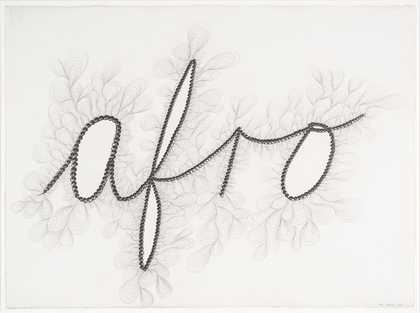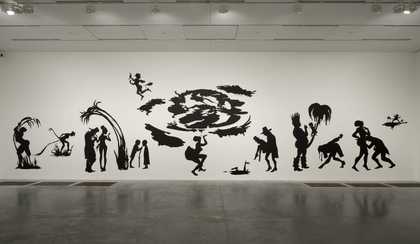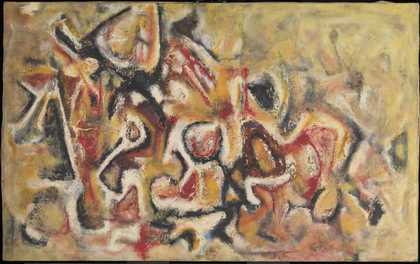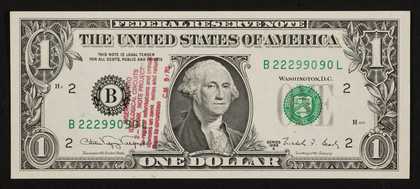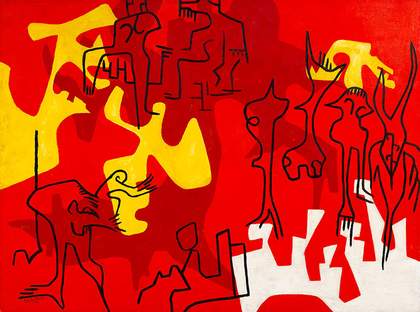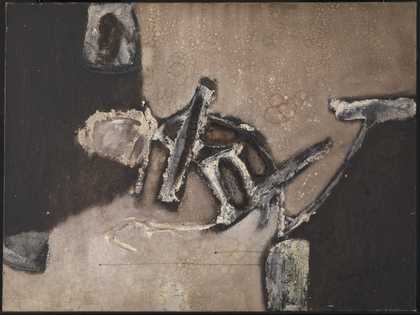
Aubrey Williams
Tribal Mark II (1961)
Tate
The term was first used by Robert Farris Thompson in his 1983 book Flash of the Spirit: African and Afro-American Art and Philosophy and was the subject of Paul Gilroy’s The Black Atlantic: Modernity and Double Consciousness, published in 1993. Gilroy argued that the Atlantic world has been deeply shaped by slavery and the slave trade. Between 1492 and 1820 about two-thirds of the people who crossed the Atlantic to the Americas were African, and this violently brutal migration played a key role in the development of a black consciousness in the Americas and Europe. Yet Gilroy argues that this black consciousness is ambivalent: it does not just reject white culture, but actively engages with it. Essentially it found a way of re-crossing the Atlantic creatively and, as a result, has had a central role in the formation of modernism.
Although developed with reference to modernism, the process of appropriation and the resulting fusion of cultures discussed by Gilroy in his theory of the Black Atlantic can also be seen in the work of contemporary black artists such as Chris Ofili, Ellen Gallagher and Glenn Ligon. They explore and redefine notions of blackness by sampling and recycling a wide range of sources including black vernacular and popular culture and black history, as well as Eurocentric and Black Atlantic modernism – embodying what Gilroy calls ‘the polyphonic qualities of black cultural expression’. Unlike their predecessors however, their work often has an ambivalent or satirical flavour with the frequent use of negative and racist images, black humour, slang and laughter in order to undermine racism but also to re-examine the attitudes and aspirations of black history and black politics.

